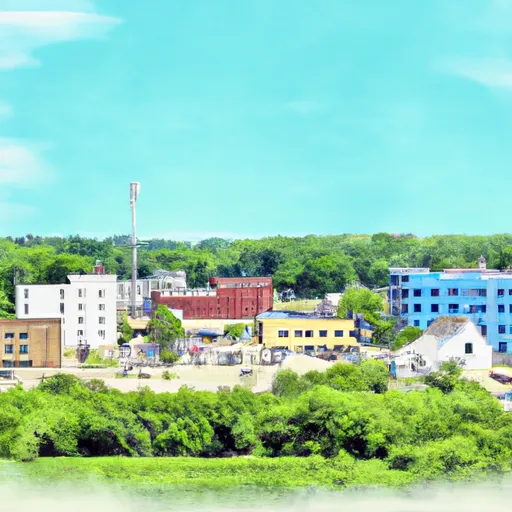°F
°F
mph
Windspeed
%
Humidity











Sussex, Wisconsin is a charming village located in Waukesha County. The climate in Sussex is considered a humid continental climate, with warm summers and cold winters. Summers are typically mild, with temperatures ranging from the mid-70s to low 80s Fahrenheit. Winters, on the other hand, can be quite chilly, with temperatures often dropping below freezing and snowfall being common.
The hydrology constituents in Sussex are primarily influenced by the surrounding bodies of water, including the Bark River and Silver Spring Lake. These water sources offer recreational opportunities such as fishing, boating, and kayaking. The Bark River is particularly popular for its scenic beauty and is known for its trout fishing.
Outdoor enthusiasts in Sussex can also enjoy several parks and nature areas. One such notable location is the Sussex Village Park, which offers amenities like playgrounds, sports fields, and picnic areas. Moreover, the Bugline Trail is a fantastic option for hiking, biking, and running, offering picturesque views of the Sussex countryside.
Overall, Sussex, Wisconsin provides a pleasant climate, with various hydrology constituents and outdoor recreation opportunities for residents and visitors alike.
Weather Forecast
Sussex receives approximately 872mm of rain per year, with humidity levels near 79% and air temperatures averaging around 8°C. Sussex has a plant hardyness factor of 5, meaning plants and agriculture in this region thrive during a short period during spring and early summer. Most plants will die off during the colder winter months.
Regional Streamflow Levels
3
Cubic Feet Per Second
3
Cubic Feet Per Second
17
Cubic Feet Per Second
16
Cubic Feet Per Second
Nearby Camping
| Camping Area | Reservations | Toilets | Showers |
|---|---|---|---|
| Oakland City Park | |||
| Prairie Pines Campground | |||
| Paris Landing State Park | |||
| Walnut Point State Park | |||
| Sam Parr State Park | |||
| Boswell Landing |



